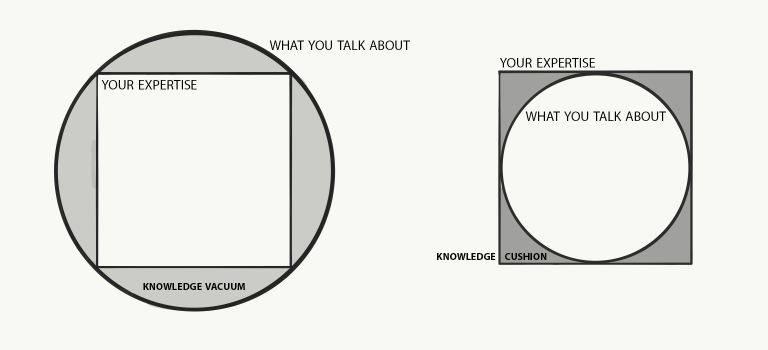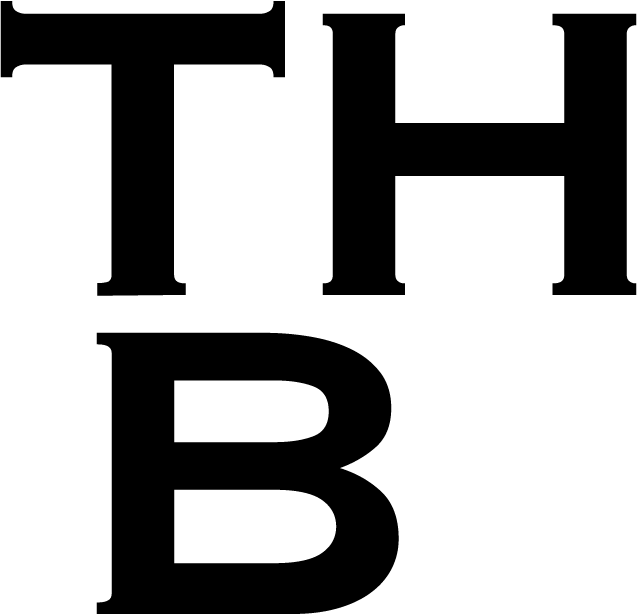
In education we trust
Higher Education is basically and foremost about how people affect each other, how they elevate talent and talents. The skills of teaching and of learning.
I am convinced that universities need to take more responsibility for their fiduciary duty. Students place complete confidence, faith, and reliance in an institution for their own benefit. Especially in todays times of increased social and physical distance and an ever-growing quota of “remote education”. For a longterm win, academic institutions will for once need to go all-in and risk it. Only agile and emotionally intelligent institutions hold the winning hand. Only the ones with a clear strategy and a culture based on trust, innovation and a real committment to elevate students, as well as tutors, are actually already making a difference.
The first thing that needs to be established is trust. It is the starting point of the mentioned elevation, of education. Frances Frei, professor at Harvard Business School, has made it clear. Trust is not abstract, monolithic or very difficult to grasp or reach. Her research on leadership shows that trust is based on three intertwined parts and that each of those is singularly actionable. These parts are strongly inspired by Aristotle’s rhetoric with its three means of persuasion, Ethos, Logos and Pathos. For trust in leadership we may call them Authenticity, Logic and Empathy (Frei, 2020).
Authenticity, ethos or the real me
It is immensely hard to be totally oneself at work, even if collaborating with a few trustful peers in an office, or synchronously and remotely teaching fifty bored teens a lesson of Physics. On one hand you may feel too fragile, too different or whatever else, to be really and completely yourself in front of others, even people close to you. It’s work for heavens sake! On the other hand you could be a rather private person, trying to protect your privacy as well as possible by wearing a mask, with the risk of not being truly and completely yourself. Acknowledging and understanding both hinderances for being truly oneself, how could one be in a more authentic mode?
Tutors need to assure two sides of authenticity to establish trust in their job. The first, as seen before, is to be authentic themselves. Secondly, to let the students be totally themselves and as authentic as they come. If education is about elevating talent in everyone, it is clearly the school director’s job to sincerely enhance the performance of the teaching staff, so that they can elevate students, which in the end elevates the longterm performance of the school.
“People need to feel safe to be their authentic selves, regardless of the differences that they represent, they need to feel welcomed.”
Frances Frei
It is the school director’s, and only after the tutor’s job, to set the conditions for possible “differences” to bloom, to be accepted and in the end to become a force. Conditions to make everybody feel comfortable with diversity. May it be linked to sexuality, gender, age, social background and, not to forget, the diverse cases of mental and physical health issues or handicaps.
Sarah Bones, a British journalist, wrote on the Times-HE, that she encountered students struggling with bipolar disorder, stress, depression, anxiety, panic attacks, personality disorder, anger issues and eating disorders. “ I recall mentioning a few times to my superiors that it would be handy to receive training in how to effectively handle a student bursting with rage, trembling with fear or sobbing their heart out, but it never came to anything (Bones, 2021)”. Tutors are able to establish a relation of profound trust with their students. For a while a least, until being authentic becomes a burden. A burden that needs to be lifted by an authentic, logic and empathetic management.
Logic, logos or being sound and rigorous
Tutors need and want to be credible, but often find themselves “lost in logic” or ”lost in translation”. On one side, they may not be very logical or rigorous, but are able to tell a hell of a story. On the other, they may actually have a very sound and rigorous logic, but struggle in communicating it clearly. In both situations education becomes suspicious or ineffective. The appealing and still academically sound delivery of knowledge comes therefore down to Substance (the real logic) and Style (the story telling).
Following Frei’s research, Style creates problems that are widespread, but can be recovered. As a student, it surely can be beautiful to listen to a story with passion, twists and turns. But getting to the point (and probably the learning objective) at the end of a two-hour lesson, can be hard for any learner. It certainly represents a “teaching suicide”, if the tutor is a logic wobbler (Frei, 2020). During stories listeners can get lost too many times. To get students hooked, one could therefore flip the situation: Start with the point one needs to get across, even though this may seem artificial, and then give the supporting evidence as a story each student can somehow personally relate to. Being logic and authentic.

Should the teaching have flaws in its logic, in it‘s substance, the problem gets deep and very hard to correct. To avoid such issues, Frei somewhat harshly proposes: „Donot talk about things you don’t know well (2020).“ Create a „Knowledge Cushion (fig)“. This sounds way simpler than it actually is. No serious tutor I have ever worked with would knowingly and openly lecture on things he has no clue about. No serious school would even ask such a thing of it’s teaching staff. The reason “Knowledge Vaccums (fig)“ happen is partly linked to well known cognitive, inertia, social and interest biases (Sibony, 2019).
Empathy, pathos or being in it for the other
In order to express empathy, a school director or tutor has be fully aware and present to the needs of others. This is already quite hard in a normal physical setting, whereas the difficulty gets only reinforced by current remote conversations and the possible emphasis on connections (Turkle, 2015). If I am distracted with myself, everything is about me and not the other. “So when I am in your presence, while checking my email or following an Instagram feed on my phone, i am not present to you and switch-tasking (Crenshaw, 2021) (in original cit: multitasking) between you and me (Frei, 2020)”. Students will immediately question one’s empathy and destroy all possible trust. As a director or tutor, in order to build serious long-lasting trust as the foundation for education, one can either be self-distracted or present to others, but never both at the same time. It is probably better to “be in front of people“ less often, but to be present 100% and to the fullest when one is.
These three parts of trust are more than important. They are basic to Teaching, Learning and Leading in general. Missing just one of them, means losing trust. Authenticity, Logic and Empathy directly translate into an enhanced student experience, perhaps not academically, but emotionally. But, do not forget: trust that gets people thriving is purely emotional. This is what I mean, when talking about radical, unquestionable and complete inclusion.
References:
Frei, F., Morriss, A., (2020), Unleashed: The Unapologetic Leader’s Guide to Empowering Everyone Around You, Harvard Business Review Press.
Turkle, S., (2015), Reclaiming Conversation, Penguin Business Book
Crenshaw, D., (2021), The Myth of Multitasking: How “Doing It All” Gets Nothing Done, Mango (2nd edition)
Sibony, O., (2020), You‘re About To Make A Terrible Mistake, Little Brown Spark.
Bones, S., Support staff are more than signposts for students in distress, Times Higher Education, (07.01.2021).
Beard, A., HBR Ideacast, podcast number 743, Harvard Business Review, (02.06.2020).


Leave a Reply